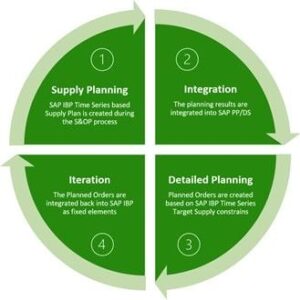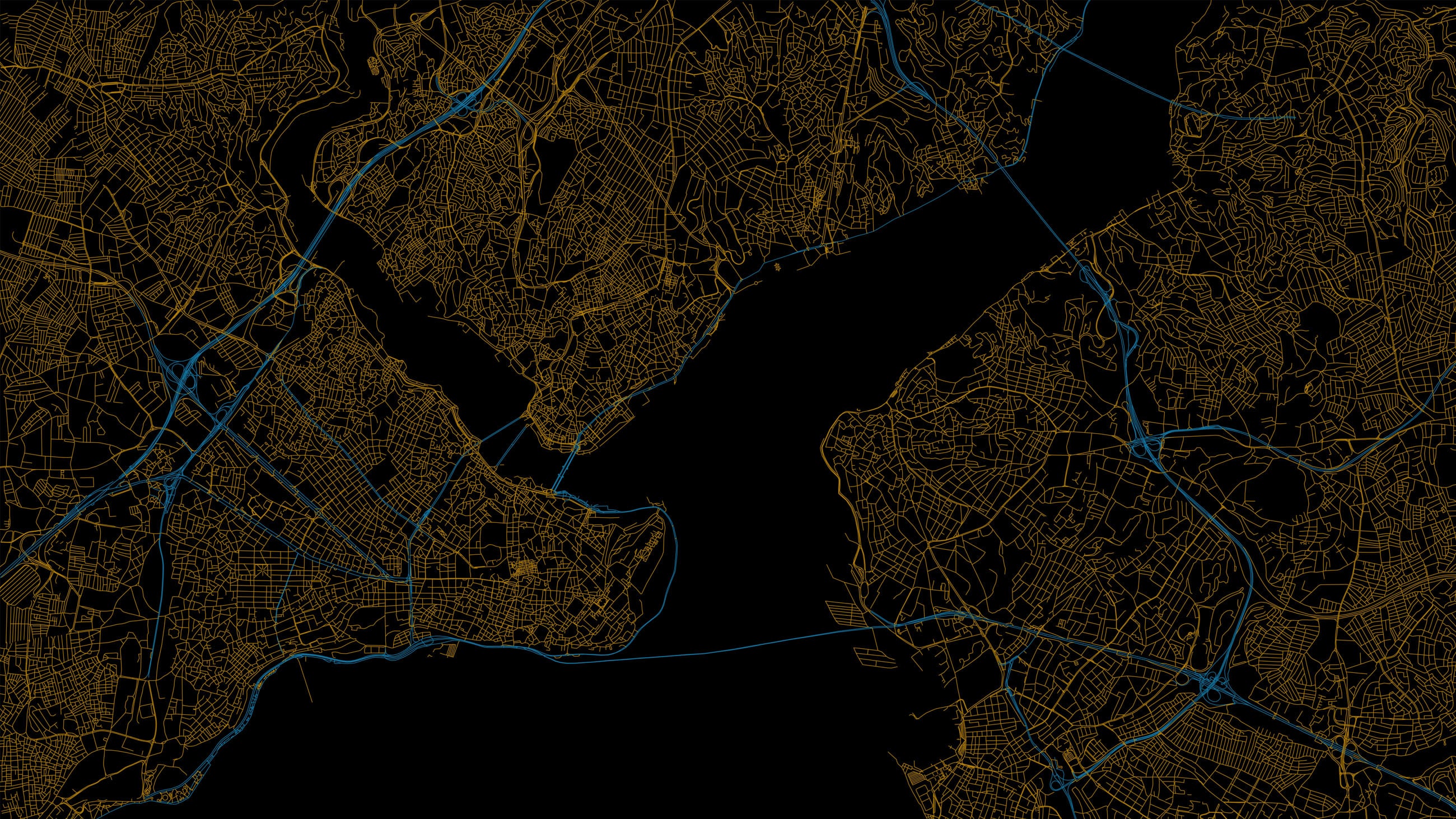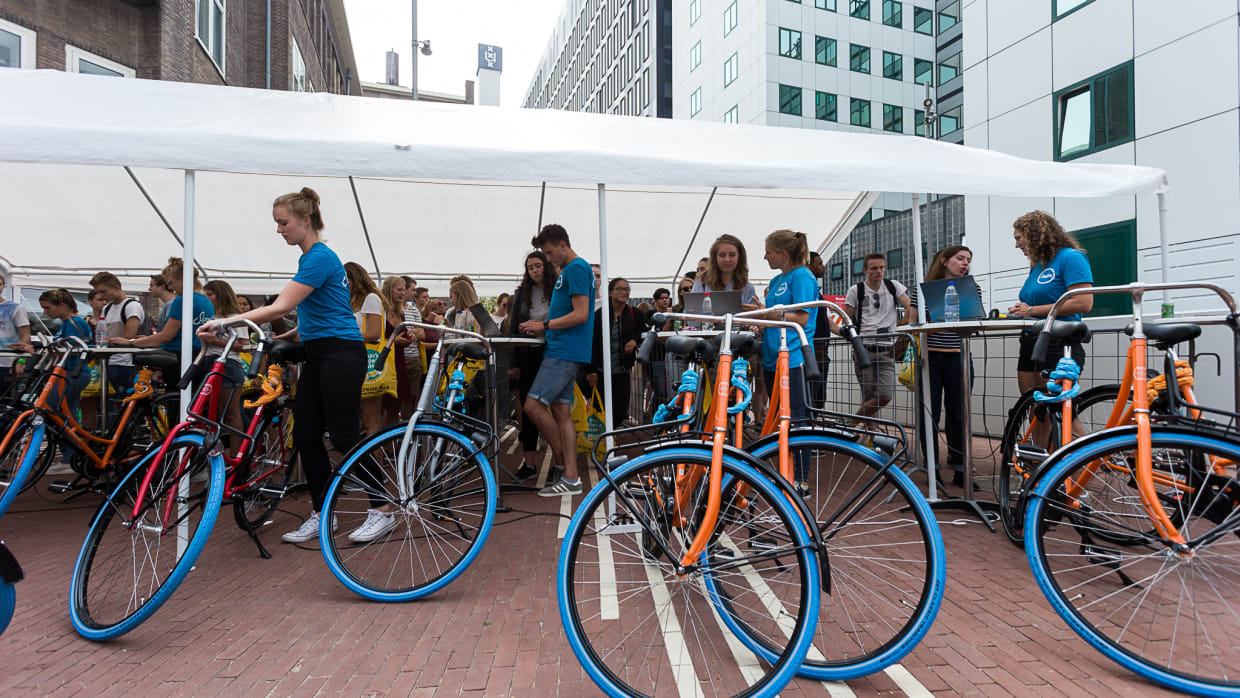Co-innovation with SAP to improve planning synergies
Since the 2105 release, SAP offers tight integration between SAP IBP Order-Based Planning and SAP PP/DS. In this scenario, network centric operational supply planning is covered in SAP IBP order based while plant centric production planning and scheduling in SAP PP/DS. Recent co-innovation between SAP and Deloitte has made it possible to directly integrate SAP IBP Time-Series-Based Supply Planning with SAP PP/DS. What benefits will this new integration provide? For which use cases would this be applicable? This article will go over these questions you might have.
By: Mikko Kuokkanen & Shashwat Kumar
Why?
One of the key challenges for supply chain professionals is connecting the decisions made in the sales & operations plan to the master production plan and materials requirement planning in an automated and efficient way. SAP offers different tools specifically created for each of these planning functions. SAP IBP Time Series thrives in the tactical horizon, offering flexibility in slicing/dicing data and planning with higher level supply constraints in time buckets (often weekly). While SAP PP/DS provides powerful planning capabilities in the operational horizon in a time continuous approach. The difference in level of detail may result in different outcomes between the two, for example production time, resource utilization or quantities produced. This is exemplified by the fact that SAP IBP Time Series bucket-based planning does not consider changeover time, but in SAP PP/DS precise setup times are calculated according to a changeover matrix. Or, the lot size in SAP IBP Time Series could be determined at an aggregate level on a resource, whereas in SAP PP/DS this could be modelled as a multi-capacity with different lot size quantities. Directly integrating SAP IBP Time Series with SAP PP/DS enables you to adhere to the constraints from both modules in a loosely coupled approach. SAP PP/DS will follow the SAP IBP plan as far as possible based on the newly introduced ‘Target Supply’. This gives planners the ability to create operational production plans at plant-level within the globally defined constraints from SAP IBP.

The solution
The integration of SAP IBP Time Series with SAP PP/DS consists of four elements (See figure 1).
The first element is the creation of a demand and supply plan in SAP IBP with your choice of algorithms. The second element is the transfer of planning results to SAP PP/DS: Forecast as independent requirements, Transport Receipts as Stock Transfer Requisitions and Production Receipts as Target Supply. The third element encompasses production planning and detailed scheduling in SAP PP/DS within the predefined PP/DS horizon. The heuristic for standard lots has been enhanced to consider the Target Supply from SAP IBP, therefore taking (manual) decisions from SAP IBP into account. Optionally, a planner can adjust the plan if necessary. Fourthly, the planned orders within the PPDS horizon and production orders are integrated back into SAP IBP as Confirmed Production Receipts. The decisions made in SAP PP/DS will be considered in the next SAP IBP supply run by means of the new Frozen Horizon and Confirmed key figures (introduced in SAP IBP release 2111).
Other highlights:
- Available capacity and capacity usage in SAP PP/DS can be integrated back to SAP IBP to provide additional insights for the supply and production planners
- The integration happens directly between SAP IBP and SAP PP/DS without ERP in between. Therefore, it opens up the possibility to integrate data from different non-operative versions to perform cross system simulation
Example use case
Let us explore a customer use case now that we understand how the concept works. Imagine being a supply chain manager for a medium size beverage manufacturer with three production plants and two distribution centres.
The specific challenges that you face are:
- Strong seasonal demand pattern which require a long period of pre build before the high season
- Relatively long lead time for brewing the semi-finished product
- Vulnerability in the demand for which packaging specifically to use for the finished product (e.g., which will run faster, bottles or cans?)
- Change over time has a significant impact on the production performance
Due to these challenges, stock levels are often too high for certain (semi) finished products whereas other products result in lost sales.
The requirements you might have are; a system capable of creating a tactical supply plan to optimize the network, make rough cut capacity decisions and flexible reporting to discuss key performance indicators during management business reviews. But also a planning system which is tightly integrated to the execution, models detailed constraints and adheres to decisions made on tactical level in the operational horizon.
In this situation, SAP IBP will help to manage the supply network properly by accurately distributing the demand amongst the plants. Decisions in what and where to pre build (due to the seasonal demand) will be made with the help of the constrained supply algorithm, determining the optimal distribution (based on e.g. capacity- and supplier constrains). During the S&OP cycle, executive decisions with regards to additional resources will be made and added to the model. These decisions need to be translated into SAP PP/DS as Target Supply for the operational horizon. SAP PP/DS will plan the vulnerable demand for packaging types in the operational horizon considering the latest sales orders from SAP S/4HANA and Target Supply from SAP IBP. The production plan will be scheduled in the most efficient way according to the sophisticated setup matrix, minimizing the changeover time. The loop will be closed by integrating the new production plan for the operational horizon as a fixed element for the next SAP IBP supply run. In this way, the best of both worlds can be leveraged by directly exchanging planning results between SAP IBP and SAP PP/DS.
Co-innovation by Deloitte and SAP
As part of our global alliance with SAP, we are continuously working together to come up with new solutions and fulfil the requirements of our clients. This solution has been crafted together, with Deloitte bringing customer use cases from different industries to the table and extensively testing before releasing it to the market.
Curious how Deloitte can help organizations leverage SAP IBP and S/4HANA for supply chain challenges? Please contact our experts.



